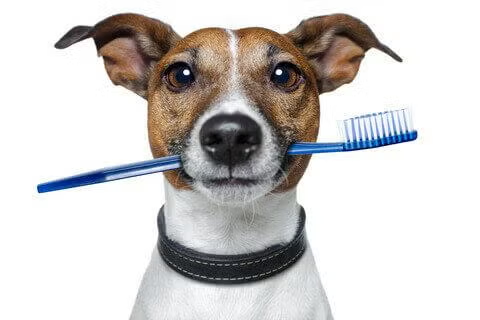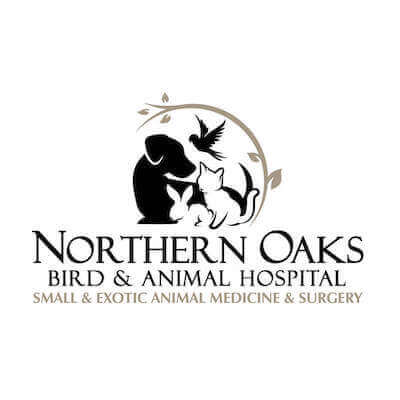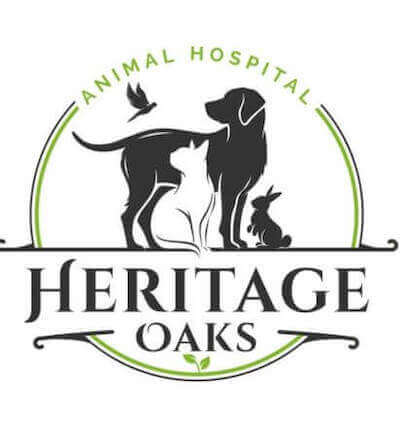
Sometimes, keeping your pet's mouth healthy can feel like a big job. Our practice provides advanced veterinary dentistry services for all of your pet's needs.
This includes care such as cleaning and radiographs with polishing, along with treating more complicated conditions like surgical extractions or abscesses. Because our pets don’t brush their teeth every night before bed as we do, tartar can firmly adhere to their teeth.
In order to remove this tartar, we perform thorough probing, dental scaling, and polishing, our most basic dental procedure, performed under general anesthesia. During the scaling process, our practice uses sonic and ultrasonic power scalers as well as handheld instruments to remove this tartar from the surface of the teeth both above and below the gum line. There is not a way to thoroughly or correctly perform this in an awake patient.
Surgical tooth extraction is another fairly common procedure. Our goal is for your pet to retain as many teeth as possible. Sometimes an extraction is the only option to relieve pain or ensure that periodontal disease does not advance. If not extracted, a diseased tooth is painful, infected and will compromise the surrounding tissue and neighboring teeth. If caught early, there are more treatment options available for periodontal disease.
Our practice requires anesthesia for thorough dental procedures. Because of this, we first perform a full physical examination and bloodwork. Once inside the mouth, we utilize local anesthetic injections to reduce pain. We closely monitor your pet the entire time they receive anesthesia.
We monitor oxygen saturation and carbon dioxide levels in their blood along with their blood pressure, heart rate, respiratory rate and temperature. In order to help maintain the health of your pet’s mouth and teeth, bring your pet in for a dental check-up at least once a year. During these examinations, our practice includes a general dental examination and will schedule an anesthetic dental procedure, if needed.
Detecting dental problems in the early stages can greatly help your pet in the long run. Contact us right away if your pet experiences any of the following:
- Chronic bad breath
- Your pet shies away when you try to touch their mouth area
- Excessive drooling
- Dropping food when eating
- Bleeding in your pet’s mouth
- Loss of appetite or weight loss
- Yellowish-brown crust of tartar around the gum line
- Missing, loose or broken teeth




